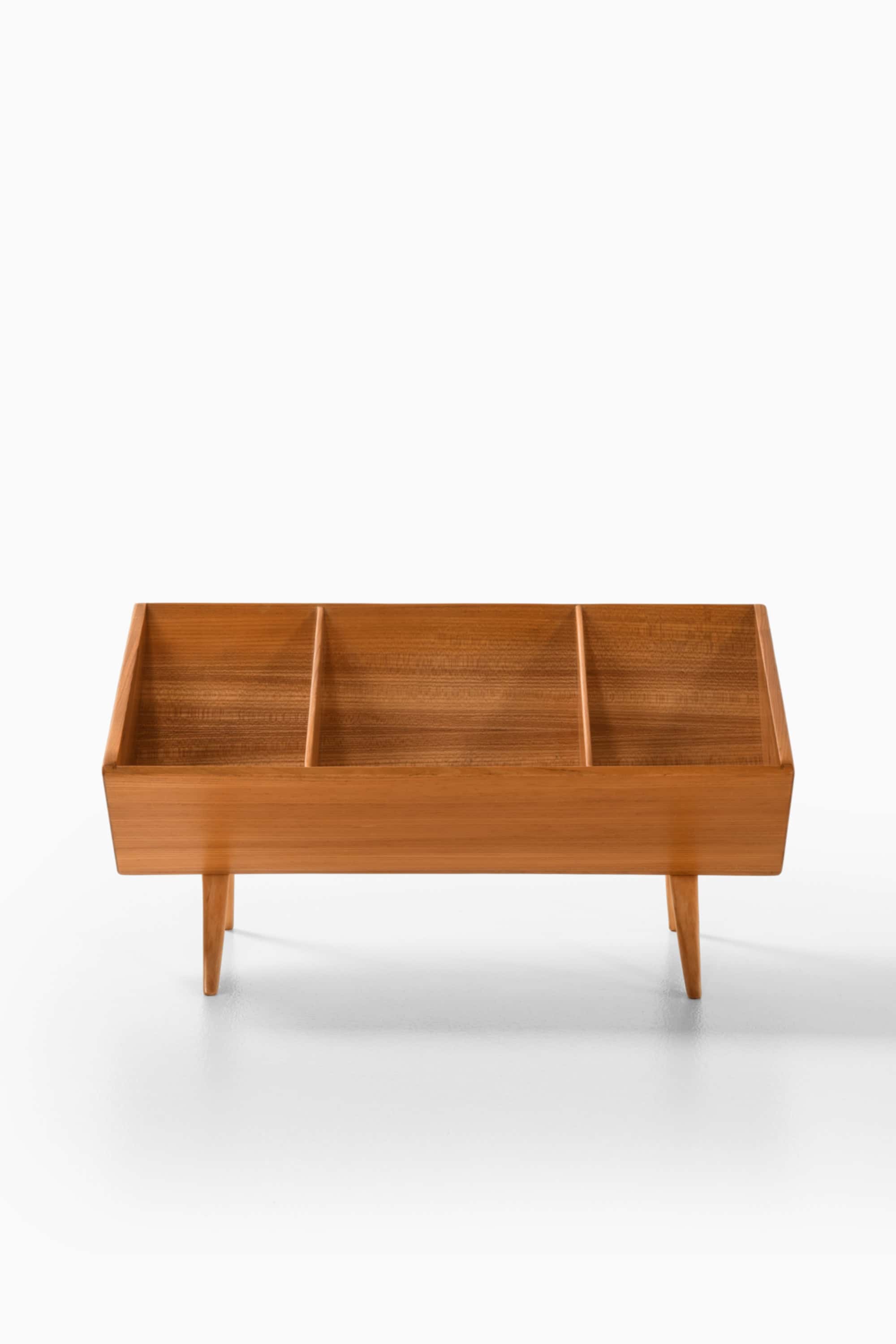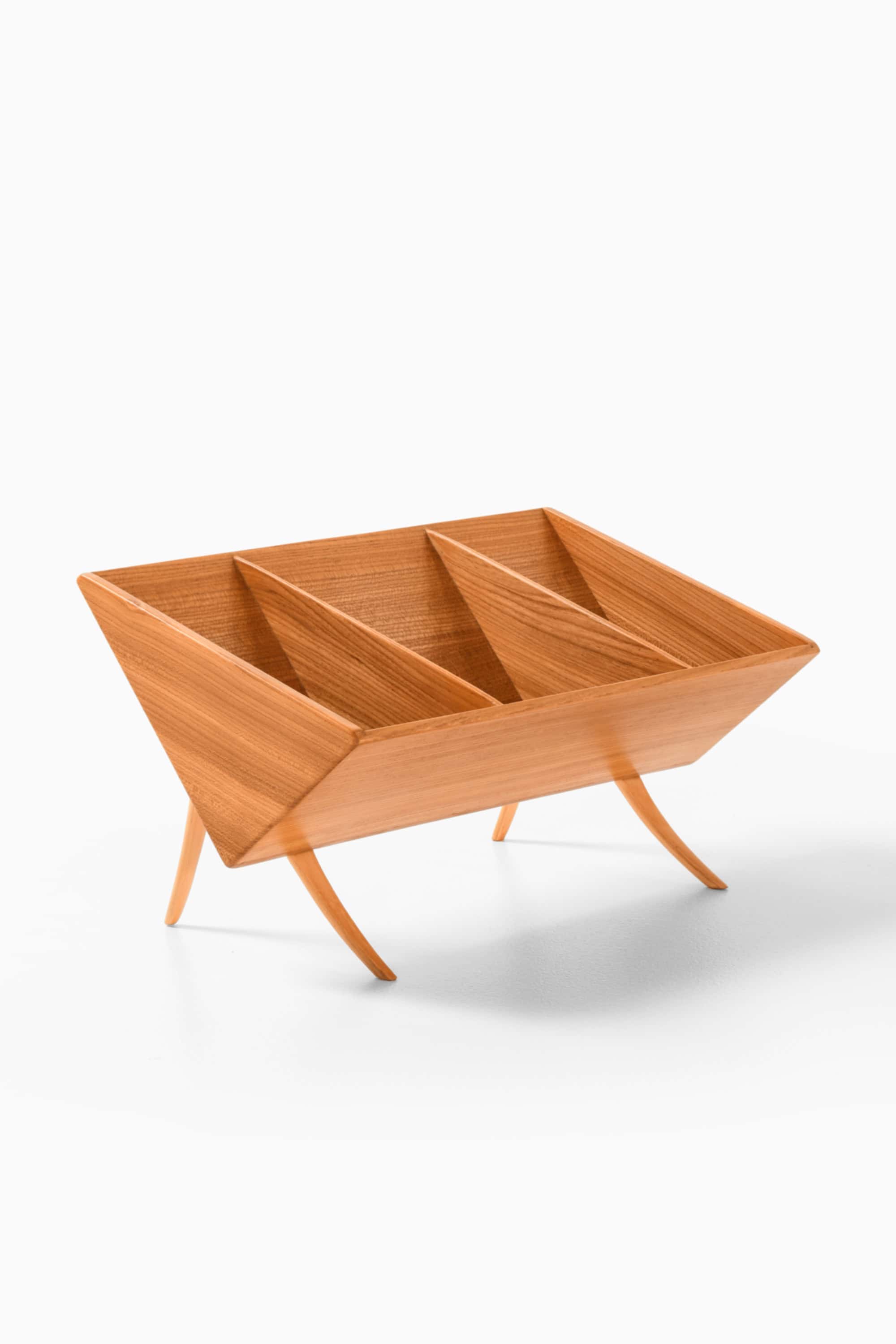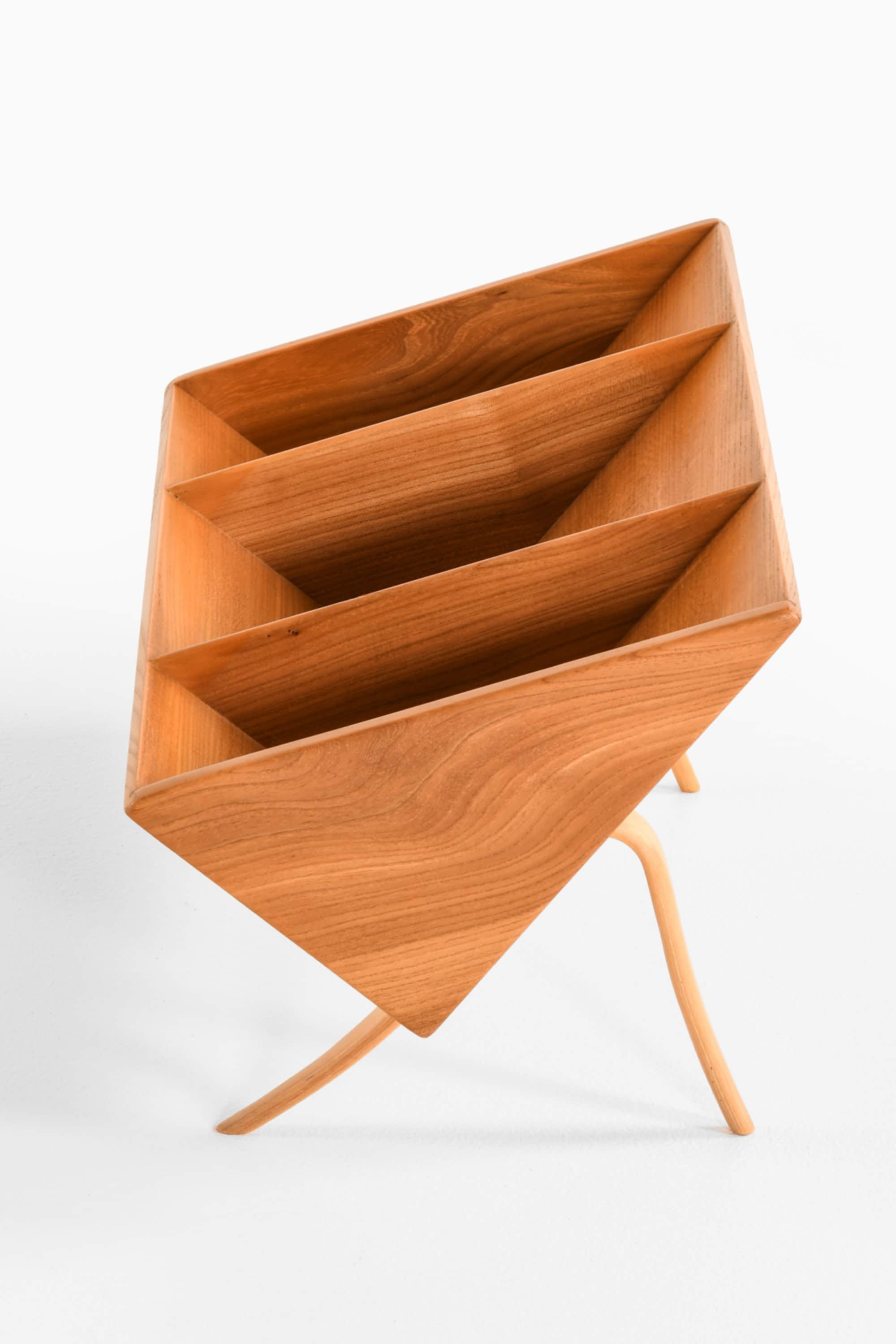
Bruno Mathsson
Bruno Mathsson (1907–1988) was one of Sweden’s most influential modernist designers, internationally acclaimed for his functionalist furniture and contributions to postwar architectural design. His career was marked by a deep understanding of ergonomics, an embrace of new materials, and a design language that was both sculptural and human-centered.
Born in Värnamo, Småland, Mathsson was the son of a master cabinetmaker and learned woodworking in his father’s workshop. Although he had no formal design training, Mathsson developed a unique approach to furniture design that combined traditional craftsmanship with modernist experimentation. In the early 1930s, he began developing ideas that prioritized the contours of the human body, leading to organically shaped chairs that were radically different from conventional forms of the time.
His early breakthrough came in 1936 when his bentwood chair "Gräshoppan" (The Grasshopper) was exhibited at the Stockholm Exhibition, where it drew both admiration and controversy for its bold curves and lack of traditional upholstery. These early works used laminated beech and webbing, and displayed his mastery of form, function, and material efficiency.
In the 1940s and 50s, Mathsson designed several iconic seating models including:
- Eva Chair (1934–1935)
- Pernilla Chair (1944)
- Jetson Chair (1965) – a futuristic, swivel chair produced with DUX
These chairs exemplified his ergonomic philosophy, often based on extensive study of sitting postures and pressure points. His use of laminated beech frames and woven hemp or canvas webbing became a signature of Swedish modernism.
Mathsson’s furniture was widely exhibited and received international acclaim. Notable exhibitions and honors include:
- Exhibition at Röhsska Museum in Gothenburg (1937)
- Swedish Pavilion at the World’s Fair in New York (1939)
- Solo exhibitions at the Museum of Modern Art (MoMA) in New York (1948, 1950)
- Gold Medal at the Milan Triennale (1957)
His designs were included in MoMA's permanent collection, and he was part of the international promotion of Scandinavian design in the postwar years.
In the 1950s and 60s, Mathsson expanded into architecture, designing glass-walled houses in Sweden that emphasized natural light, minimalism, and environmental harmony. These buildings integrated furniture and structure into unified compositions—an idea rooted in his belief that furniture was not separate from architecture but a natural extension of it.
Mathsson received several prestigious awards in Sweden and abroad, including:
- Prince Eugen Medal (1965)
- Honorary doctorate from Lund University (1986)
- Royal Order of Vasa for contributions to Swedish industry
He passed away in 1988, but his influence remains strong. Many of his original designs continue to be produced and are considered timeless classics in Scandinavian and modernist furniture. His work embodies a philosophy that design must be comfortable, elegant, and attuned to human needs—principles that continue to shape design thinking today.


Bruno Mathsson book shelf

Bruno Mathsson book shelf

Bruno Mathsson book shelf

Bruno Mathsson lounge chair

Bruno Mathsson side table

Bruno Mathsson lounge chair

Bruno Mathsson bookcase

Bruno Mathsson bookcase

Bruno Mathsson daybed
